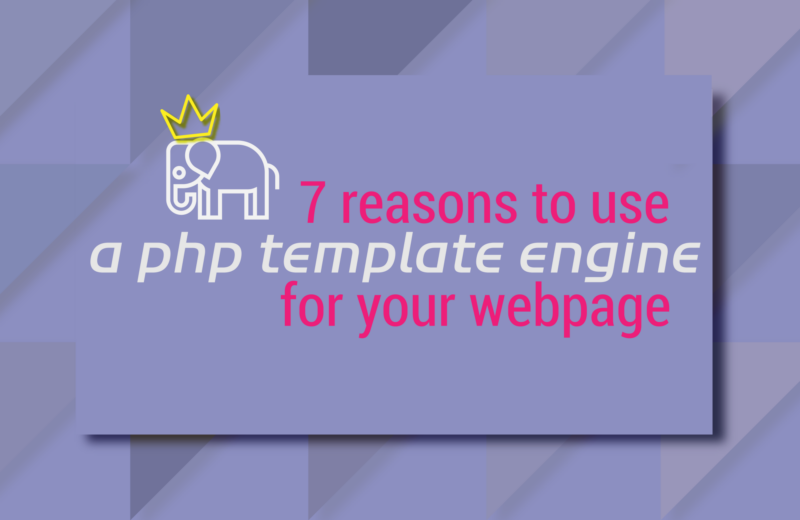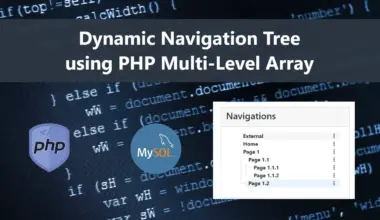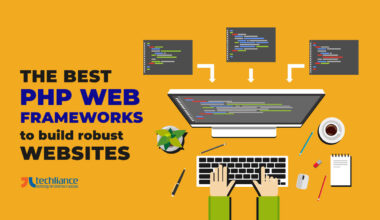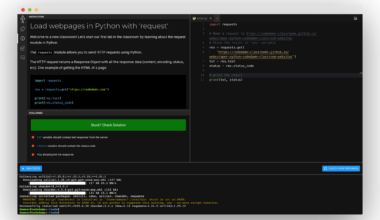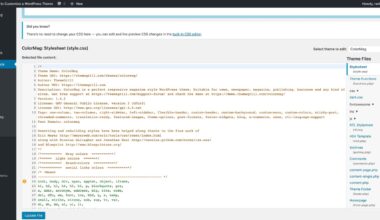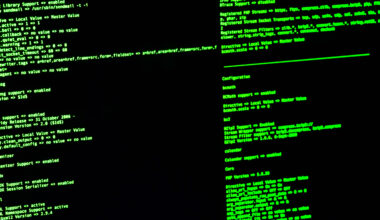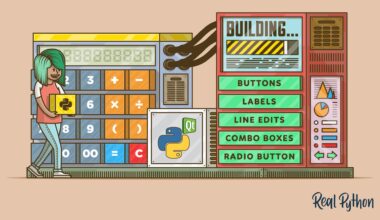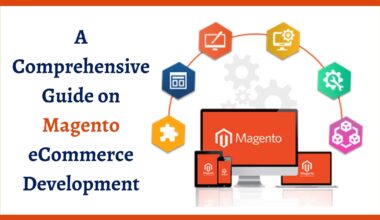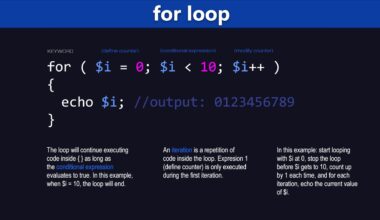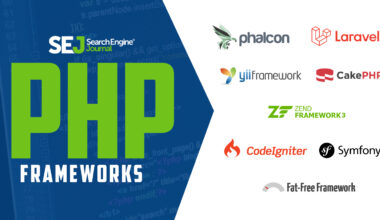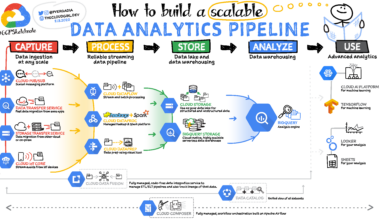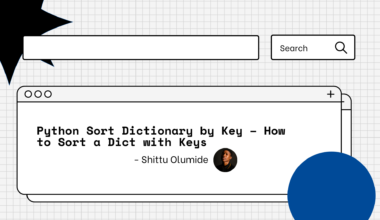Introduction to PHP Templating Engines
As a PHP developer, you may have come across the term “templating engine.” Simply put, a templating engine is a tool that separates presentation code from business logic. It is a way to organize and structure your PHP code so that it is easier to maintain, update and scale.
In the past, PHP developers would use pure PHP code to generate HTML output. However, this approach makes it difficult to separate the presentation code from the business logic. Moreover, it can make the code harder to read and maintain.
A templating engine offers a better approach by separating the presentation layer from the business logic. Using a templating engine, you can create templates that define the structure of your web pages. You can then use these templates to generate HTML output.
PHP templating engines come in different forms, each with its own set of features and benefits. Some of the popular PHP templating engines include Smarty, Blade, Twig, and Plates. Each of these templating engines offers a unique set of features, which makes it important to choose the right one for your project.
In the next section of this article, we will explore some of the benefits of using a templating engine in your PHP project.
Benefits of Using a Templating Engine
Using a templating engine offers several benefits to PHP developers. Let’s take a closer look at some of the most significant advantages.
1. Separation of Concerns:
One of the most significant benefits of using a templating engine is the separation of concerns. Templating engines separate the presentation layer from the business logic, making it easier to maintain and update your codebase. This separation also makes it easier for front-end developers to work on the presentation layer without worrying about the underlying business logic.
2. Faster Development:
Templating engines can speed up the development process by allowing developers to reuse code. Developers can create templates for different parts of their web application and reuse them across the application. This results in faster development times and reduces the likelihood of errors.
3. Improved Code Readability:
Templating engines make it easier to read and understand your code. By separating the presentation layer from the business logic, the code becomes more readable and easier to maintain. This, in turn, makes it easier for other developers to work on the codebase.
4. Better Performance:
Templating engines can improve the performance of your web application by reducing the amount of time it takes to generate HTML output. By caching the compiled templates, the engine can quickly generate HTML output for multiple requests without having to recompile the template.
5. Cross-Platform Compatibility:
Most templating engines are cross-platform compatible. This means that you can use them across different platforms, including Windows, Linux, and macOS.
In conclusion, using a templating engine can offer several benefits to PHP developers. It can help separate the presentation layer from the business logic, speed up development, improve code readability, improve performance, and offer cross-platform compatibility. When choosing a templating engine, it’s important to consider the specific needs of your project and choose the engine that best meets those needs.
Comparison of Popular PHP Templating Engines
Now that we understand the benefits of using a templating engine in our PHP project, let’s take a closer look at some of the most popular templating engines available for PHP developers.
1. Smarty
Smarty is one of the oldest PHP templating engines and has been around since 2001. It offers a comprehensive set of features, including caching, template inheritance, and plugin support. Smarty is easy to learn and offers a syntax that is similar to HTML, making it a popular choice for many PHP developers.
2. Blade
Blade is the default templating engine for the Laravel PHP framework. It offers a simple and intuitive syntax that is easy to learn and use. Blade templates are compiled into plain PHP code, which makes them fast and efficient. Blade also offers features such as template inheritance, sections, and loops.
3. Twig
Twig is a modern templating engine that offers a flexible and powerful syntax. It offers features such as template inheritance, macros, and filters. Twig templates are compiled into PHP code, which makes them fast and efficient. Twig is used by many popular PHP frameworks, including Symfony and Drupal.
4. Plates
Plates is a lightweight and fast templating engine that offers a simple syntax. It does not offer as many features as some of the other templating engines on this list, but it is easy to learn and use. Plates templates are compiled into PHP code, which makes them fast and efficient.
5. Mustache
Mustache is a logic-less templating engine that offers a simple and flexible syntax. It does not offer some of the advanced features of other templating engines, such as template inheritance, but it is easy to learn and use. Mustache is available in many programming languages, making it a popular choice for multi-language projects.
When choosing a templating engine, it’s important to consider the specific needs of your project. If you need advanced features such as template inheritance and caching, Smarty or Twig may be a good choice. If you need a simple and lightweight templating engine, Plates or Mustache may be a better fit. Ultimately, the choice of templating engine will depend on your specific project requirements.
In conclusion, PHP templating engines offer a great way to separate presentation code from business logic. There are many templating engines available for PHP developers
Factors to Consider When Choosing a Templating Engine
Choosing the right templating engine for your PHP project can be a daunting task. There are several factors that you need to consider when making your decision. Here are some of the key factors to keep in mind:
1. Ease of Use:
The ease of use of a templating engine is an important factor to consider. Some templating engines offer a simple syntax that is easy to learn and use, while others may have a steeper learning curve. If you are new to PHP templating engines, it’s recommended that you choose one that is easy to learn and use.
2. Performance:
Performance is another important factor to consider when choosing a templating engine. Some templating engines are faster than others, which can be important if you have a high-traffic website. Look for a templating engine that offers good performance while still being easy to use.
3. Features:
The features offered by a templating engine can vary significantly. Some templating engines offer advanced features such as template inheritance and caching, while others may only offer basic features. Consider the specific needs of your project and choose a templating engine that offers the features you require.
4. Integration with Other Tools:
Consider whether the templating engine integrates well with other tools that you are using in your project. For example, if you are using a PHP framework, you may want to choose a templating engine that is designed to work well with that framework.
5. Community Support:
Consider the size and activity of the community surrounding the templating engine. A larger community can provide more support and resources, which can be helpful if you run into issues or have questions.
In addition to these factors, it’s also important to consider the licensing and cost of the templating engine. Some templating engines are free and open-source, while others may require a paid license.
To help you make an informed decision, you may want to create a table or list that compares the different templating engines based on the factors that are most important to you.
In conclusion, choosing the right templating engine for your PHP project requires careful consideration of several factors. You need to consider the ease of use, performance, features, integration with other tools, community support, licensing, and cost. By taking the time
Final Thought: Making the Right Decision for Your Project
Choosing the right PHP templating engine is crucial to the success of your project. With so many options available, it can be challenging to determine which one is the best fit for your needs. It’s essential to consider the factors mentioned in this article and evaluate each templating engine based on your project requirements.
When selecting a templating engine, it’s important to prioritize ease of use, features, performance, integration with other tools, and community support. Additionally, it’s crucial to consider the licensing and cost of the templating engine.
One way to make an informed decision is to create a table or list that compares the different templating engines based on the factors that are most important to you. This will help you see the strengths and weaknesses of each option and determine which one aligns best with your project needs.
Remember, each templating engine has its own set of features and benefits, making it essential to choose the one that best suits your specific project requirements. By taking the time to evaluate your options and consider your project needs, you can ensure that you select the right PHP templating engine for your project.
In conclusion, PHP templating engines offer a great way to separate presentation code from business logic. By choosing the right templating engine, you can speed up development, improve code readability and performance, and make it easier to maintain your codebase. So, take the time to evaluate your options and choose the right templating engine for your PHP project.
